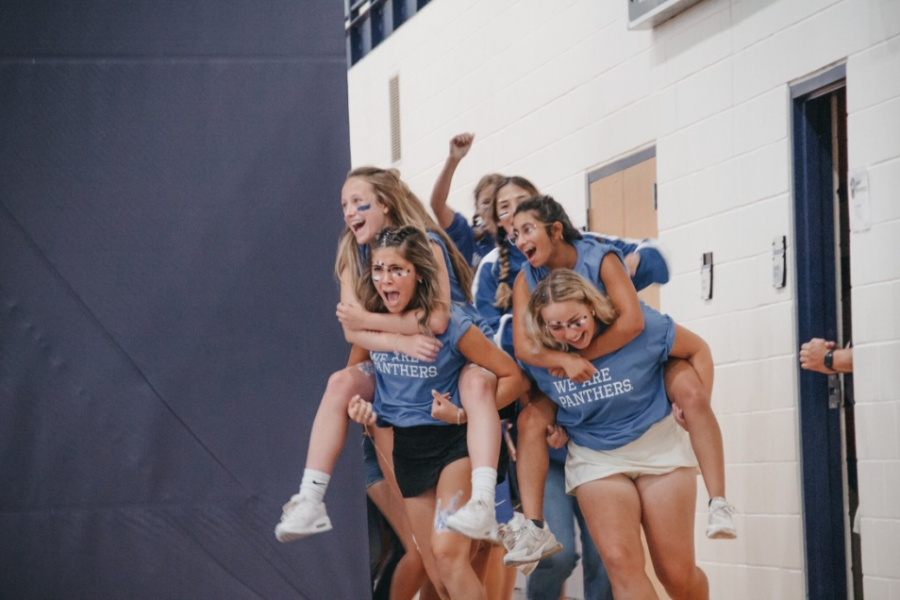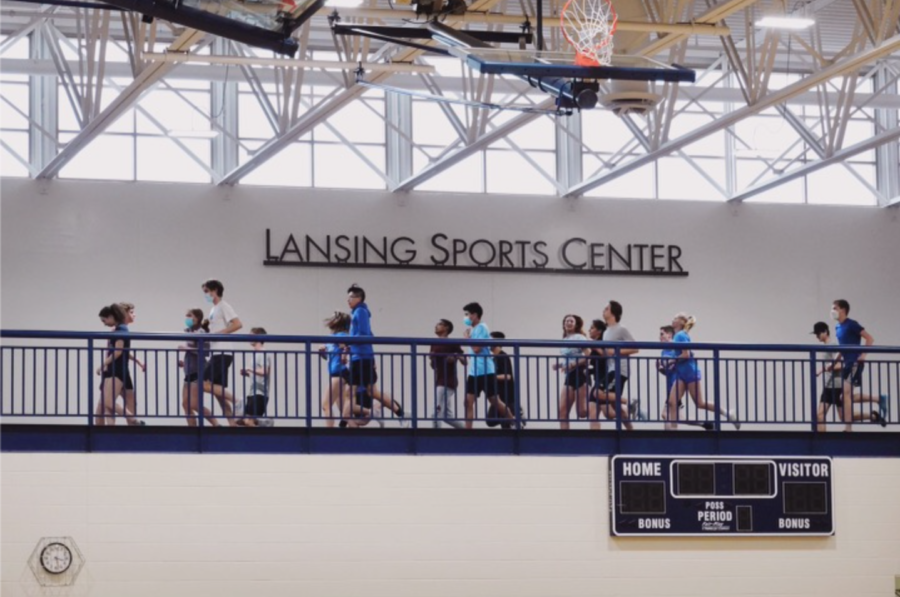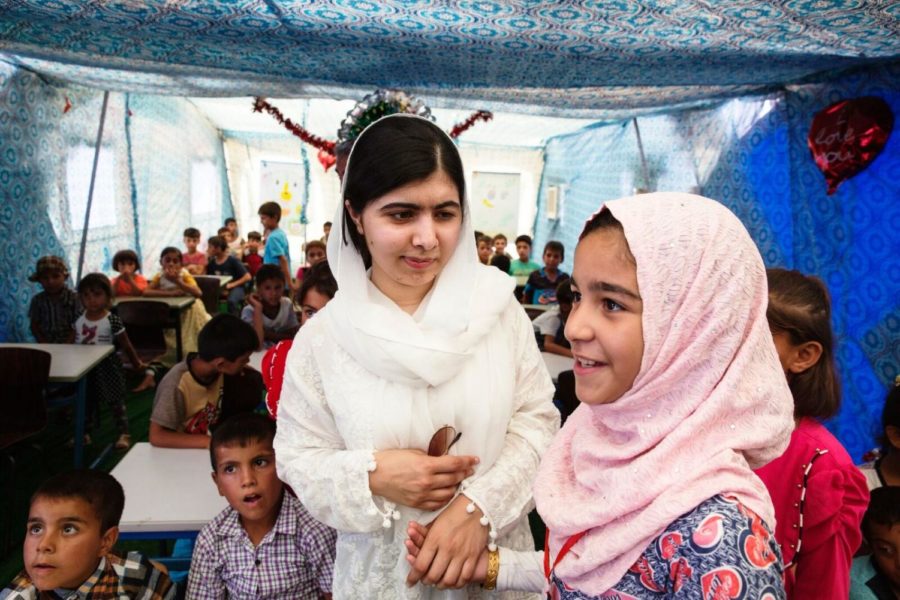Malala Yousafzai: A Path to Courage and Women’s Rights
In the United States, nearly 3.6 million people commute on a bus to work or school (Burrows 2). For Malala Yousafzai, a Pakistani activist for girl’s rights, a normal bus ride from school led to an assassination attempt: “On Tuesday, masked Taliban gunmen answered Ms. Yousufzai’s courage with bullets, singling out the 14-year-old on a bus filled with terrified schoolchildren” (Walsh). Malala was rushed to the United Kingdom, where she was treated and received rehabilitation. In 2013, she was discharged from Queen Elizabeth Hospital (BBC). The deadly escapade of the Taliban had failed to establish fear or kill her; however, Malala wasn’t silent, and she continues to advocate–to this day–for equitable girls’ rights and education against regimes like the Taliban. The Taliban is an “alliance of militant networks” who fought against the Pakistani government and military while administering a strict interpretation of Sharia law (National Counterterrorism Center). The Taliban’s actions incited panic by destroying nearly 400 schools and restricting celebrations, music, and dancing (Craig). Anyone who objected was subsequently executed. For the past decade, Malala has advocated for girl’s rights to live in a society where they are treated fairly with equal opportunity. From Pakistan, Malala Yousafzai displayed her bravery in the face of the Taliban when advocating for a girls’ right to education, and by demonstrating her leadership on the global stage, she progressively strives for an equal education and rights for young women across the world.
First, Malala’s childhood in Taliban-controlled SWAT Valley inspired her efforts toward the advocacy of girls’ education against the aggressive Taliban administration. In 2007, when Malala was ten, the Taliban committed to a first wave of brutal attacks and insurgencies, killing civilians, the army, and government officials, including the former head of state in Pakistan, Benazir Bhutto (Center for International Security and Cooperation). Areas of SWAT Valley like Malala’s childhood home became Taliban strongholds of rule and oppression. Life under the Taliban administration undermined women within society, which ignited Malala’s fight for equality, specifically young girls. During her childhood, the Taliban had established a series of bombings and vandalisms against multiple educational institutions. Malala used the BBC’s online resources to publish the ongoing acts of terrorism on higher institutions to highlight the fear of the Taliban within the community. According to a BBC article, “Diary of a Pakistani schoolgirl,” published by Yousafzai, Malala recorded her friend, who was anxious over the possibility of an attack on their school by the Taliban: “My friend came to me and said, ‘for God’s sake, answer me honestly, is our school going to be attacked by the Taliban?'” Malala is moved emotionally by her friend, whose worries replicated the widespread effect of fear within the SWAT community. The establishment of terror prevented the ability of those who sought higher education to achieve it. In addition, the rule of the Taliban systematically oppressed women and reduced the female population of power and rights. The policies enacted by the Taliban restricted the mobility and voices of women. For example, Malala was surprised with the removal of a curfew that was used to undermine travel for women: “I was happy to hear that because our English teacher lived in the area, and she might be coming to school now.” Curfews regulated when the civilian population were allowed to go outside. For women, curfews kept many indoors, detaining women inside their own homes. This policy restricted teachers from going to school and limited the education the school received. Young girls were unable to claim schooling because of it. In the broader picture, a curfew also established a restraint on mobility for women within the city to perform daily tasks. Over time, less women went to school out of fear, as well as due to curfew. Consequently, according to a SWAT Demographics Survey, literacy rates for women and men were 13.45% and 43.16% respectively, with a 30% differentiation between genders (Government of Khyber Pakhtunkhwa). The Taliban, through strict curfews, redacted schooling for young girls, resulting in a substantially low literacy ratio. The literary inequalities present due to the Taliban’s inciteful laws fueled Malala’s mission to advocate for girls’ rights against schooling inequities. During her childhood, these inequities signified the importance of an education. In 2014, Yousafzai won the Nobel Peace Prize and stressed the need for girls’ schooling: “We had a thirst for education, because our future was right there in that classroom” (482). Malala realized the necessity of education among undermined feminine populations, because of her experiences in childhood. Malala’s motivation due to the large disparities in education in her childhood, lead her to a career in continued advocacy, and activism.
As the youngest Nobel Peace Prize laureate, Malala Yousufzai made long-term advancements toward equal rights for young girls which displayed her courage and commit young women across the globe. Since Malala was shot, she became a symbol of determination and a champion of women’s rights. Despite being harmed by the Taliban, she remained an advocate of change: “In March 2013, Yousafzai began attending school in Birmingham. Although she was now able to attend school in England, she decided to keep fighting systemic inequities in education until everyone received a fair education (National Women’s History Museum). Malala is brought to a country where she has a right to get an education. The Taliban pose no risk in the United Kingdom, and she had earned her own human rights. In spite of this, she continued to fight for those at home, rather than remaining silent, knowing that many people still lacked equitable rights and an ability to advocate. As a result, Malala later criticized the Taliban on the international stage and posed as an objective critic of the terror group. On her 16th birthday, Malala condemned the Taliban during an address toward the United Nations: “The terrorists thought that they would change my aims and stop my ambitions, but nothing changed in my life except this: Weakness, fear and hopelessness died. Strength, power and courage was born” (United Nations). Malala directly acknowledged that the attack failed and highlighted herself as a symbol of strength and courage in the face of fear. Although the Taliban attempted to silence her, she was adamant in her own advocacy. The terror group is undermined because their terror didn’t renounce dissent from Yousafzai. Instead, Malala dedicated a campaign for young girls and their own respective rights to equitable and higher education through global activism. Malala advocated for women, in underdeveloped countries, who were oppressed by the gender inequities in their communities. After opening a new school within Lebanon where sexual inequities remain clear, Malala addressed the need for more initiative to ‘invest’ in girls’ education and human rights to the world’s diplomats and leaders: “Today on my first day as an adult, on behalf of the world’s children, I demand of leaders we must invest in books instead of bullets” (National Public Radio). Malala urged heads of state to provide for the needs of underprivileged school children. She established the phrase “books instead of bullets,” to signal the detrimental impact of war which destabilized the abhor climate of education for the under-deserved feminine population. Thus, Malala’s early advocacy against the rule of Taliban, garnered global recognition, and as a young activist, continued to encourage the fight for a better world where every girl can receive the education they deserve.
Finally, Malala dedicated her activism for girls’ rights beyond education, and by using her fund, she committed to instituting change and expanded her role in international advocacy. Malala instilled change and continues to offer her assistance through the Malala Fund. During the conflict in Syria, which has displaced nearly 2.45 million children, which has also contained 475,000 children who lost their rights to school or couldn’t go due to the massive toll of the war (UNICEF). Malala instituted change beyond her activism by using her fund in building school infrastructure. According to Reuters, on Malala’s 18th birthday, she used her fund to construct a secondary school for the children in Lebanon, who were displaced by the horrific war in Syria (Westall). The action taken by the Malala Fund is important to examine as it demonstrated that Malala is willing to not only advocate but also establish educational institutions with impactful change for the displaced children of Syria. The effort to organize and set up a school is a difficult and substantial undertaking, and it further proves how committed Malala is to girls’ education. In addition, Malala utilized her the construction of the school, to shed light on the tragedies “in Lebanon as well as in Jordan, an increasing number of refugees are being turned back at the border,” Malala said. “This is inhumane and this is shameful.” This quote showed Malala not only standing up for a girls’ education, but also advocating for the displaced refugees from Syria. She brought international attention to the issue, addressing the failure of peace and security in the Middle East, and its detrimental effects on the populations there. By using the Malala Fund, she funds her advocacy and her words, though the ample progress and change instituted by her organization. Simultaneously, Malala advocates for more than just girls’ rights but against discrimination of other peoples and religions. In an article by the Hill, Yousafzai mentioned that ‘“Refusing to let girls go to school in their hijabs is horrifying,” and, “[the] objectification of women persists–for wearing less or more. Indian leaders must stop the marginalization of Muslim women.” Inequalities in girls’ education resume today, even if they are not based on their gender but on their religion. Malala condemned the blatant discrimination posed due to religion, not only gender inequities. Thus, she has expanded her platform for activism by not only fighting against gender inequities but combating hateful prejudice based on belief as well.
Therefore, when looking at Malala’s career, she well establishes her courage from her time in Pakistan advocating for girls’ rights in the face in the Taliban, and continued to protest discrimination on the international stage. Even today, Malala continues to fight for the rights of young women and children across the globe.
Works Cited
Alexander, Kerri Lee. “Malala Yousafzai.” National Women’s History Museum, www.womenshistory.org/education-resources/biographies/malala-yousafzai. Accessed 15 Feb. 2022.
Bloch, Hannah. “Malala Turns 18, And Opens A School For Syrian Refugee Girls.” NPR, 12 July 2015, www.npr.org/sections/thetwo-way/2015/07/12/422358157/malala-turns-18-and-opens-a-school-for-syrian-refugee-girls. Accessed 24 Feb. 2022.
Burrows, Michael. Commuting by Public Transportation in the United States: 2019. Edited by Charrlyn Burd and Brian McKenzie, Government Publishing Office. US Census Bureau,www.census.gov/content/dam/Census/library/publications/2021/acs/acs-48.pdf. Accessed 28 Mar. 2022.
Lonas, Lexi. “Malala Yousafzai criticizes Indian college’s hijab ban as protests force school closures.” The Hill, NEXSTAR MEDIA, 9 Feb. 2022, thehill.com/policy/international/593574-malala-yousafzai-criticizes-indian-colleges-hijab-ban-as-protests-force. Accessed 15 Feb. 2022.
Malala Yousafzai – Facts. NobelPrize.org. Nobel Prize Outreach AB 2022. Thu. 17 Feb 2022. <https://www.nobelprize.org/prizes/peace/2014/yousafzai/facts/>
“Malala Yousafzai counters the Taliban’s darkness.” The Washington Post, 10 Oct. 2013, www.washingtonpost.com/opinions/malala-yousafzai-counters-the-talibans-darkness/2013/10/10/7b056a52-311b-11e3-9c68-1cf643210300_story.html. Accessed 28 Mar. 2022.
“Malala Yousafzai leaves Queen Elizabeth Hospital.” BBC News, 4 Jan. 2013, www.bbc.com/news/uk-england-birmingham-20908439. Accessed 28 Mar. 2022.
“Nobel winner Malala opens school for Syrian refugees.” Reuters, edited by Sylvia Westall, 13 July 2015, www.reuters.com/article/us-lebanon-malala/nobel-winner-malala-opens-school-for-syrian-refugees-idUSKCN0PM0L520150713. Accessed 24 Feb. 2022.
“Swat District Demographics.” Government of Khyber Pakhtunkhwa, Government of Pakistan, kp.gov.pk/page/swatdistrictdemographics. Accessed 29 Mar. 2022.
“TEHRIK-E TALIBAN PAKISTAN (TTP).” Counter Terrorism Guide, National Counterterrorism Center, www.dni.gov/nctc/groups/ttp.html. Accessed 28 Mar. 2022.
“Tehrik-i-Taliban Pakistan.” Center for International Security and Cooperation, revision 2022, Stanford University, cisac.fsi.stanford.edu/mappingmilitants/profiles/tehrik-i-taliban-pakistan. Accessed 29 Mar. 2022.
Yousafzai, Malala. “Diary of a Pakistani schoolgirl.” BBC News [London], 19 Jan. 2009. BBC News, news.bbc.co.uk/2/hi/south_asia/7834402.stm. Accessed 15 Feb. 2022.
—. “Malala, at Youth Takeover Event, Says ‘Weakness, Fear, Hopelessness Died’ after Assassination Attempt, Giving Rise to Strength, Power, Courage.” 12 July 2013, New York City. Address.
—. “Nobel Lecture.” 10 Dec. 2014, Oslo City Hall, Norway. Lecture transcript.
Your donation will support the student journalists of Mounds Park Academy. Your contribution will allow us to purchase equipment and cover our annual website hosting costs.











